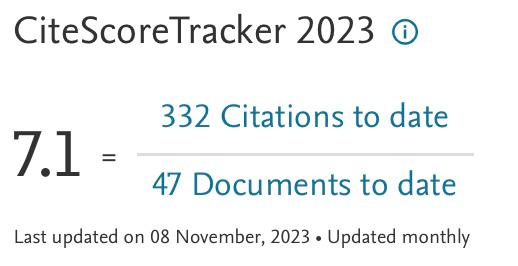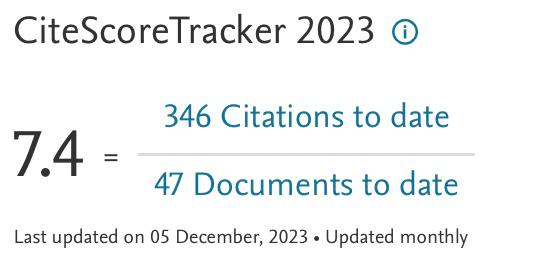Effect of Surface Roughness and Induced Magnetic Field on Electro-Osmosis Peristaltic Flow of Eyring Powell Nanofluid in a Tapered Asymmetric Channel
Keywords:
Peristaltic flow, Eyring-Powell nanofluid, induced magnetic field, double diffusion, electro-osmosisAbstract
In the present analysis, the electro-osmosis peristaltic flow of Eyring Powell nanofluid in a tapered asymmetric channel is considered. The effects of induced magnetic field and boundary sinusoidal roughness are also retained. Using suitable non-dimensional terms the governing equations are transformed into a system of nonlinear partial differential equations. To study the flow, the analytic formulation of flow velocity, pressure gradient, temperature, concentration, volume fraction, stream function and magnetic force function has been analyzed. From the study, it is observed that pressure rise enlarges and velocity diminishes with an increase in the roughness parameter, however, the surface of trapped bolus becomes rough by increasing the roughness parameter and the volume of trapped bolus decreases by increasing the volume flow rate, and Hartmann number. The outcome of the present study helps to investigate the roughness of biological organs such as blood flow in coronary arteries and roughness exists on all other surfaces up to some extent. It can also be used to identify diseases within biological tissues.
Downloads

























